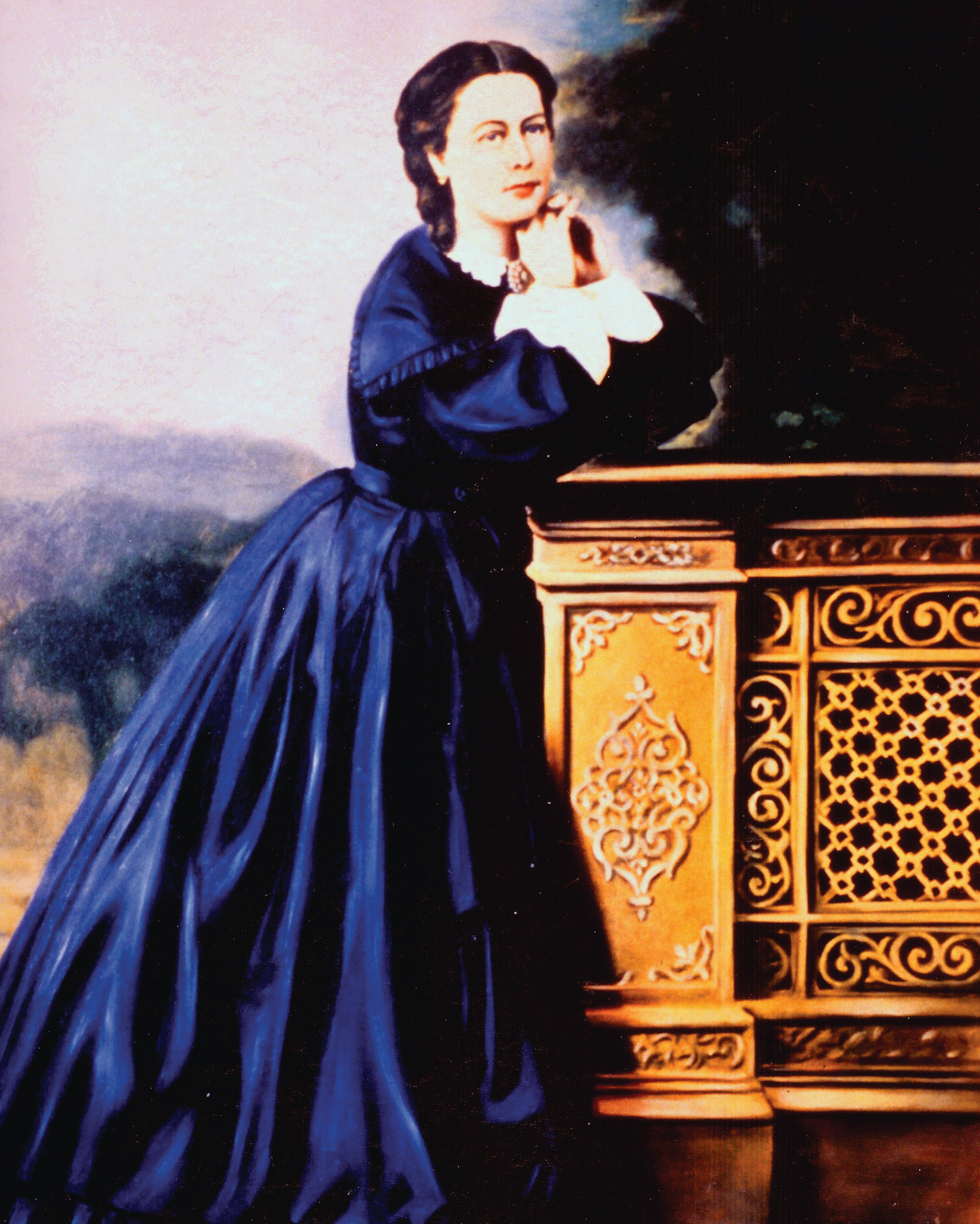One hundred twenty-five years ago this week, a large group of Chattanoogans gathered on a four-acre tract at Harrison Avenue (now East Third Street) and Hampton Street to lay the cornerstone for Chattanooga's first permanent hospital.
Two years earlier, Baron Frederic Emile d'Erlanger, a European financier, visited Chattanooga while inspecting his railroad investments in East Tennessee. Local dignitaries hosted an elaborate dinner in his honor at the Stanton House, an elegant hotel that stood on the current site of the Chattanooga Choo Choo. Learning the city did not have a facility to treat injured railroad workers, the Baron pledged the princely sum of $5,000 as seed money for a new hospital.
Appreciative citizens agreed to name the hospital in honor of the Baron's Southern wife, Baroness Marguerite Mathilde Slidell d'Erlanger. Ironically, Baroness d'Erlanger never visited the city nor the hospital named in her honor. But she left her mark on Chattanooga, as well as the pages of international history.
The baroness was the daughter of John Slidell, a wealthy Louisiana plantation owner and ambassador to France under Confederate President Jefferson Davis. As the family secretly headed to France on the British mail ship, the Trent, a Union warship seized the vessel and took John Slidell prisoner.
Enraged by the act, the beautiful Marguerite Mathilde reportedly stepped onto the deck and promptly slapped the face of one of the Union sailors. Though John Slidell was soon released, and the family was permitted to continue their journey, the Trent affair captured international attention.
Marguerite Slidell and Baron d'Erlanger met in Paris, and the couple married in 1864. The baron was not only an international banker but also consul general of Greece from France and a philanthropist of the arts. In addition to his railroad investments in America, he financed the first transAtlantic telephone cable, and Marguerite spoke the first words over the cable lines.
The d'Erlangers had four sons, and several of their descendants have visited Baroness Erlanger Hospital in recent years. The late Baron Rudolphe d'Erlanger, great-grandson and a British banker, was an honored guest at Erlanger's centennial celebration in 1991. Minnie d'Erlanger Churchill, daughter-in-law of the late Sir Winston Churchill and great-granddaughter of the baron and baroness, visited the hospital in 2010 and plans a return visit next year. And great-great-great granddaughter, Rebecca d'Erlanger, 21, traveled "across the pond" last month to serve as a volunteer at Erlanger for two weeks. A biology major at University of Exeter in England, the young d'Erlanger descendent is interested in pursuing a medical career.
During Erlanger Hospital's centennial celebration, the late Baron Rudolphe d'Erlanger revealed that his great-grandparents experienced "too many infants' deaths in their immediate family and the trauma that follows. Thus, they also helped set up a crèche for children in Deauville, France, appropriately called La Louisianne, which survives to this day."
On Aug. 20, 1891, few could have imagined that the cornerstone ceremony for the Baroness Erlanger Hospital would have such a far-reaching impact on the city and region. The site of the original hospital on East Third Street has evolved into Erlanger Health System with five hospitals, five air ambulances, 982 physicians on its medical staff and two community health centers. Erlanger is also home to the UT College of Medicine Chattanooga and serves as the region's only academic medical center and Level One Trauma Center, with half a million patient visits a year.
As Erlanger begins its 125th year, officials plan expansions and new construction, including the opening of Erlanger East's new patient tower and groundbreaking for the new Children's Hospital Outpatient Center.
Though the Baron never returned to Chattanooga after his brief visit in 1889, the titled European left the city with a gift that continues to grow and thrive into the 21st century: the legacy of his wife's name for a hospital that has become the seventh largest public health system in the nation.
Susan Sawyer, Erlanger publications editor, is the author of 17 books and the co-author of "The Baroness Collection: The History of Erlanger Medical Center, 1891-1991." Visit chattahistorical assoc.org for more info.

